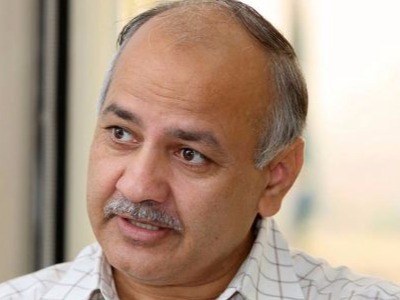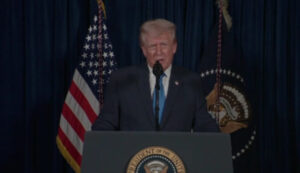Delhi tomb was converted to temple, confirms official
New Delhi : A Delhi government inquiry report has confirmed the controversial “conversion” of a Pathan Era tomb to temple in the city and it said that a fresh complaint was lodged to hand it back to the government for restoration, an official told IANS on Saturday.
After a daily reported about an alleged conversion of a tomb to a temple in South Delhi, Deputy Chief Minister Manish Sisodia ordered on Friday an inquiry to be carried out by the Art, Culture and Language Department of the Delhi Government.

An official in the know of the development told IANS that the inquiry report was prepared and sent to the Deputy Chief Minister by Saturday evening. The official, however, refused to be named.
“The monument in question is a Pathan period Tomb locally known as ‘Gumti’ situated in south west of village Humayunpur, mentioned in the ‘List of Muhammadan and Hindu Monuments’ in Delhi prepared and compiled by Archaeological Survey of India in the first quarter of 20th century,” the report said.
“It is domed building 21′ square constructed of rubble masonry plastered all around with an arched doorway on each of its four sides…,” according to the report.
The official told IANS: “A fresh complaint has been lodged with the Delhi Police and they have been requested to remove encroachments at the tomb and hand it back to the department for restoration.”
According to the official, the report also said that the tomb was listed as a heritage site and a preliminary notice for its protection was issued in 2009.
The report also said that it was one of the 18 monuments for which an MoU was signed with INTACH (Indian National Trust for Art and Cultural Heritage) for restoration.
“When the authorities went for restoration in March, they found that it was encroached and locked. Also locals objected to works,” the official said.
On March 14, the Archaeology Department asked the Delhi Police to help with restoration works, but it did not materialise as they did not provide the force, the source said.
“At that time (March 14) it was not a temple. It was not painted saffron, there were no stairs, no idols,” the source said. “After that it was converted to a temple.”
The government report does not give any details on who encroached the monument, the official said and added that “it was most probably done by locals”.
Published on: May 5, 2018 at 23:21 IST
IANS




